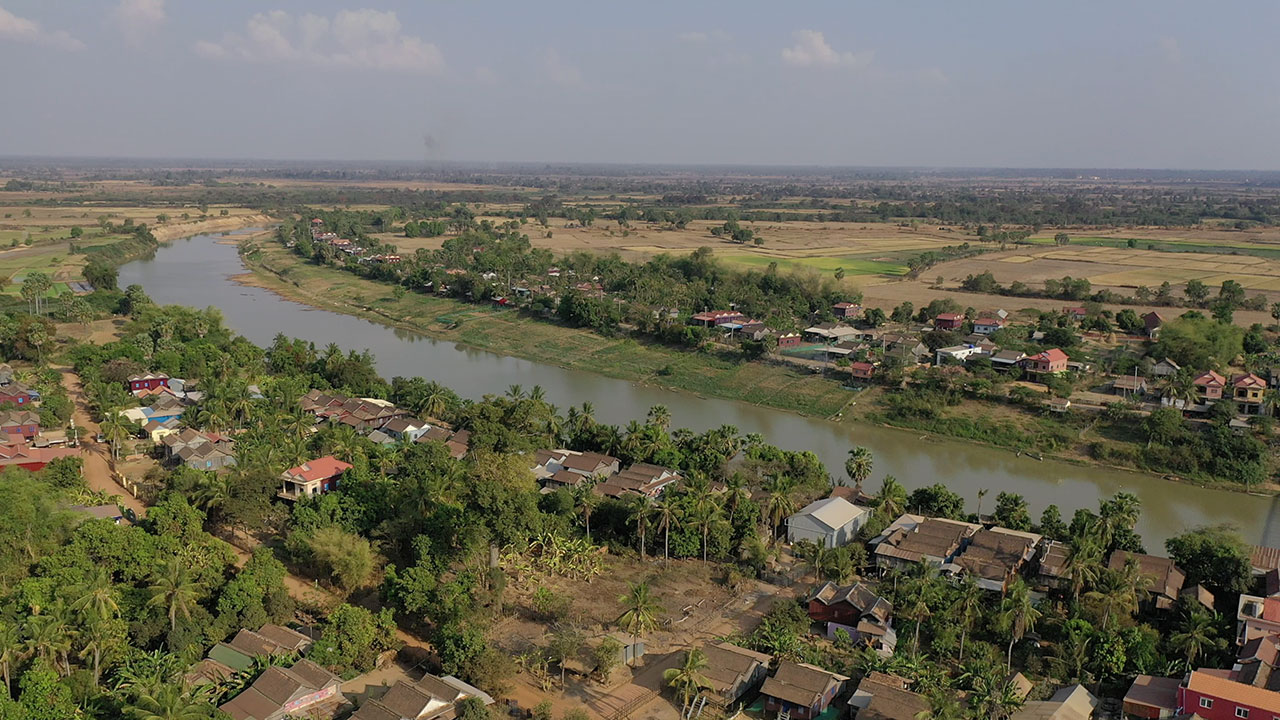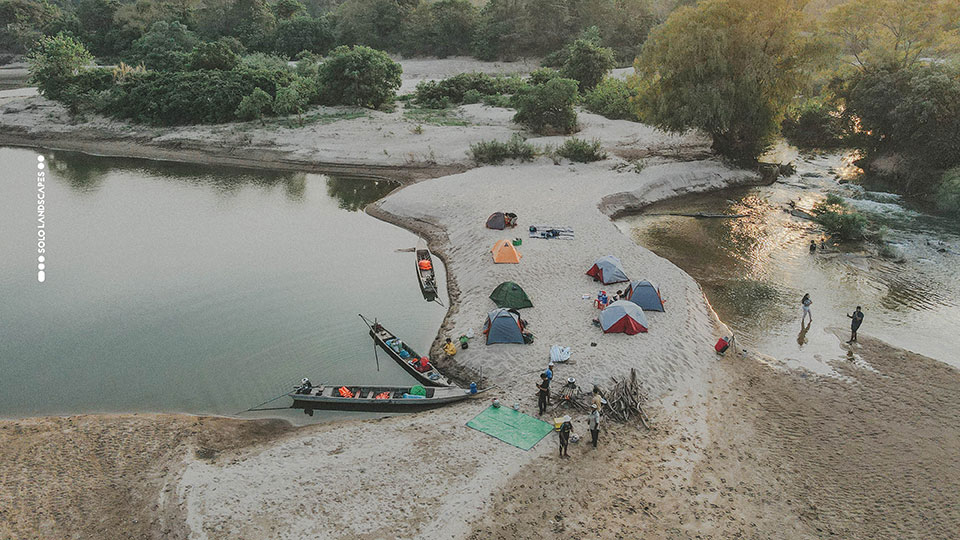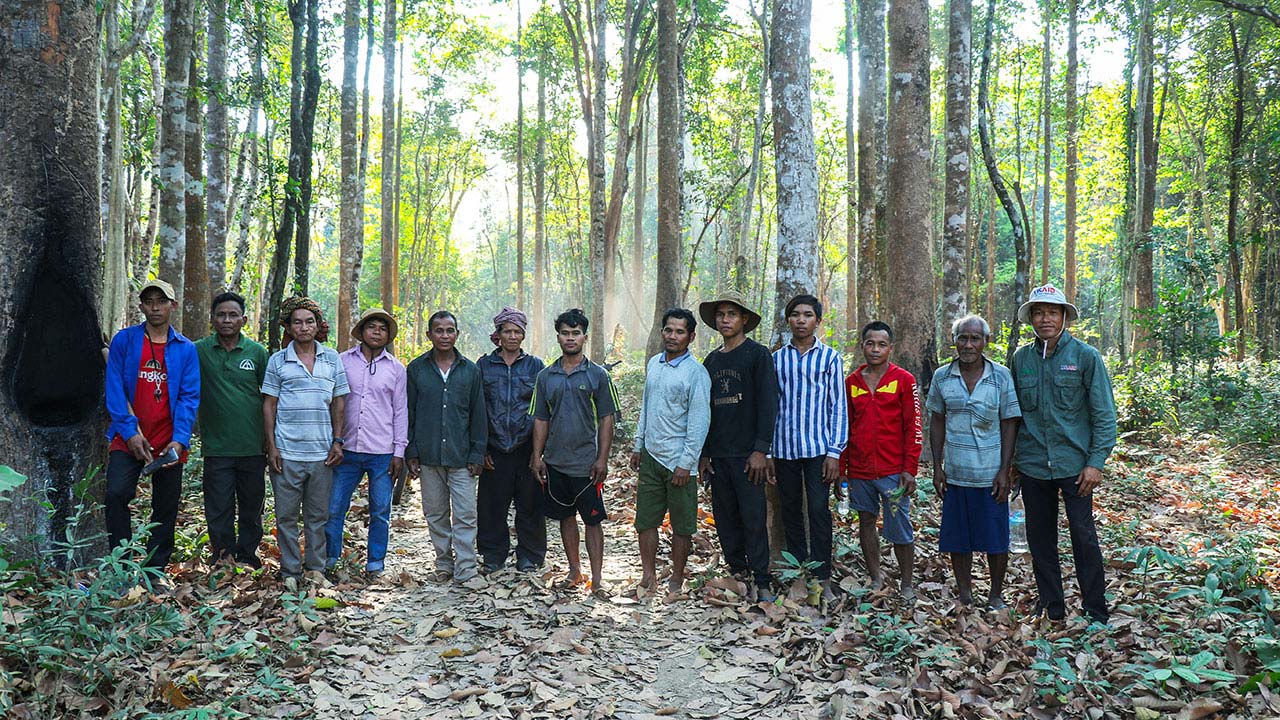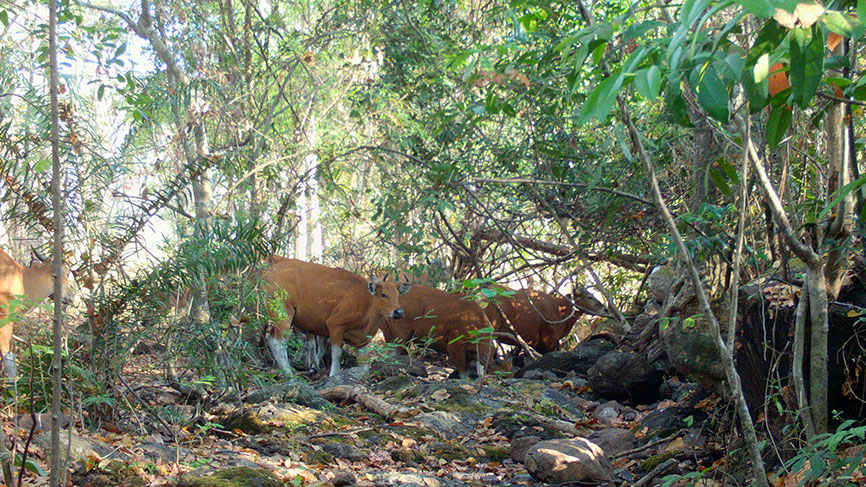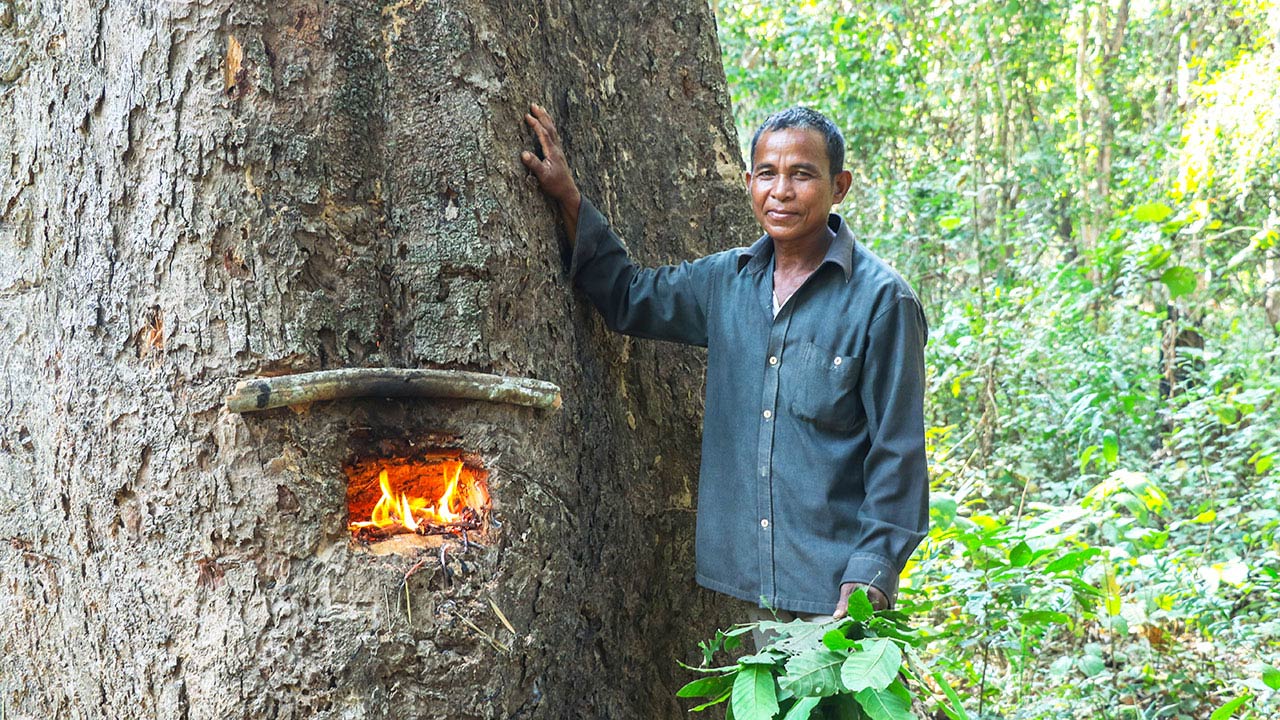
Across parts of northeastern Cambodia, Tetra Tech worked to conserve biodiversity, combat deforestation, improve governance, and promote sustainable economic growth.
The Prey Lang Extended Landscape covers more than 3.3 million hectares of forest, watersheds, and agricultural land in northeastern Cambodia. It is home to more than 1 million people; numerous protected areas; United Nations Educational, Scientific and Cultural Organization (UNESCO) world heritage sites; and dozens of endangered animal and plant species. The vast diversity and beauty of this landscape is under severe threat from deforestation, illegal logging, wildlife trafficking, and the impacts of climate change.
Benefits
- Enhanced the capacity of 135 community-based organizations
- Supported 9,697 patrols in protected areas across the Extended Landscape
- Improved economic and livelihood co-benefits for 120,000 people
- Leveraged nearly $18 million of government and private sector investment
- Advanced 3 REDD+ Projects mobilizing investment in natural capital
To address these challenges, Tetra Tech led the implementation of the U.S. government’s flagship Cambodian environmental project, U.S. Agency for International Development Greening Prey Lang (USAID GPL). With the support of more than 120 staff, Tetra Tech and our partners, Wildlife Conservation Society and Conservation International, led with an integrated approach to promote conservation-friendly, resilient, and low-emission sustainable economic development.
This approach addressed the direct and indirect links between ecosystem health, economic opportunity, and inclusive access to opportunities, decision-making, and sustainable development. Through USAID GPL, Tetra Tech improved participation and evidence-based decision-making in Cambodia’s management of its forests and biodiversity to lower greenhouse gas emissions, create economic opportunities for rural people, and mobilize investment in forest carbon, ecotourism, and sustainable agriculture.
